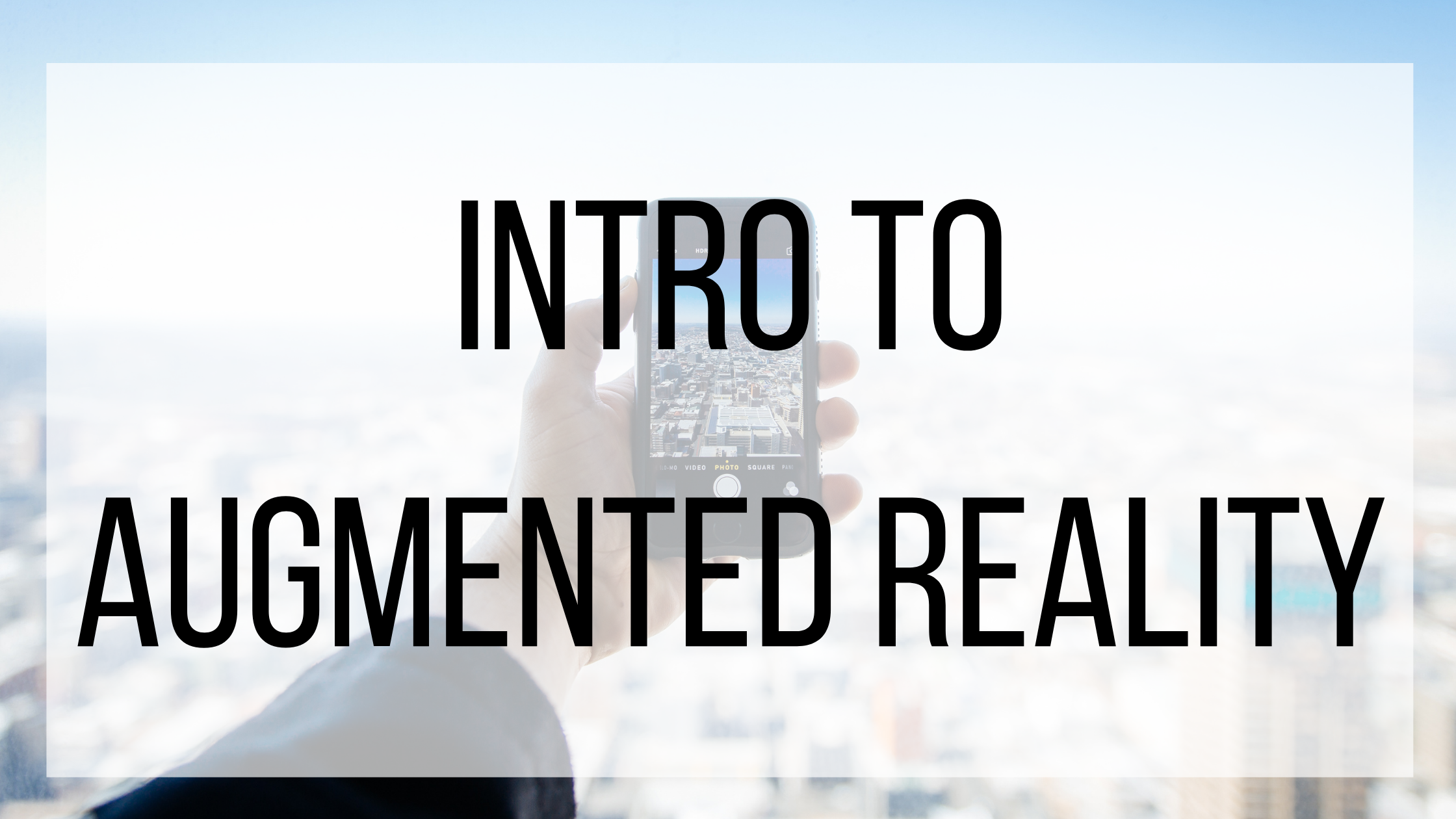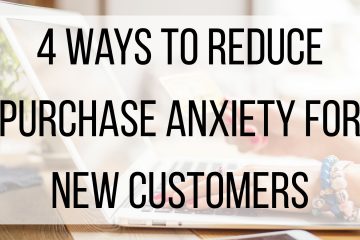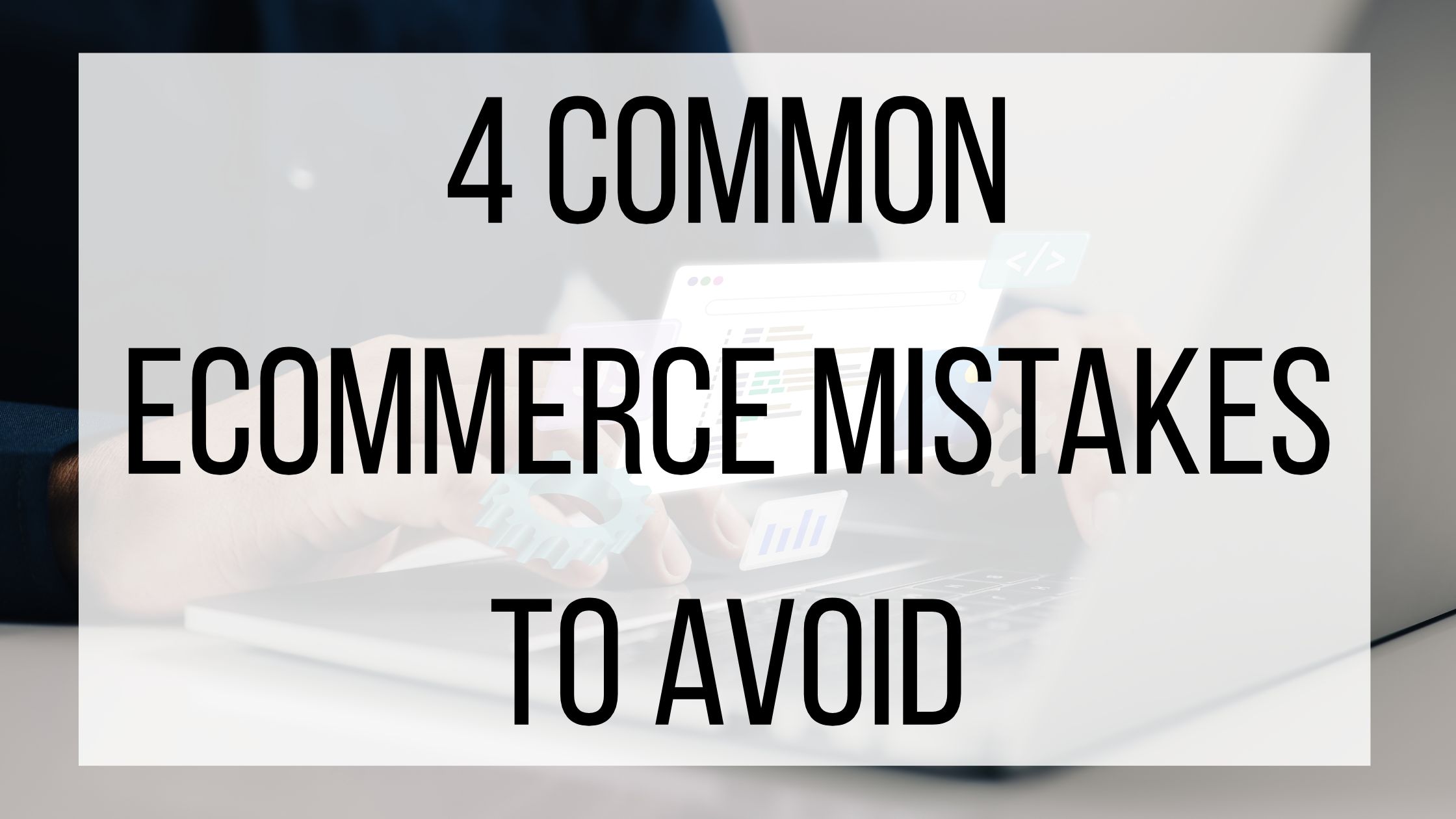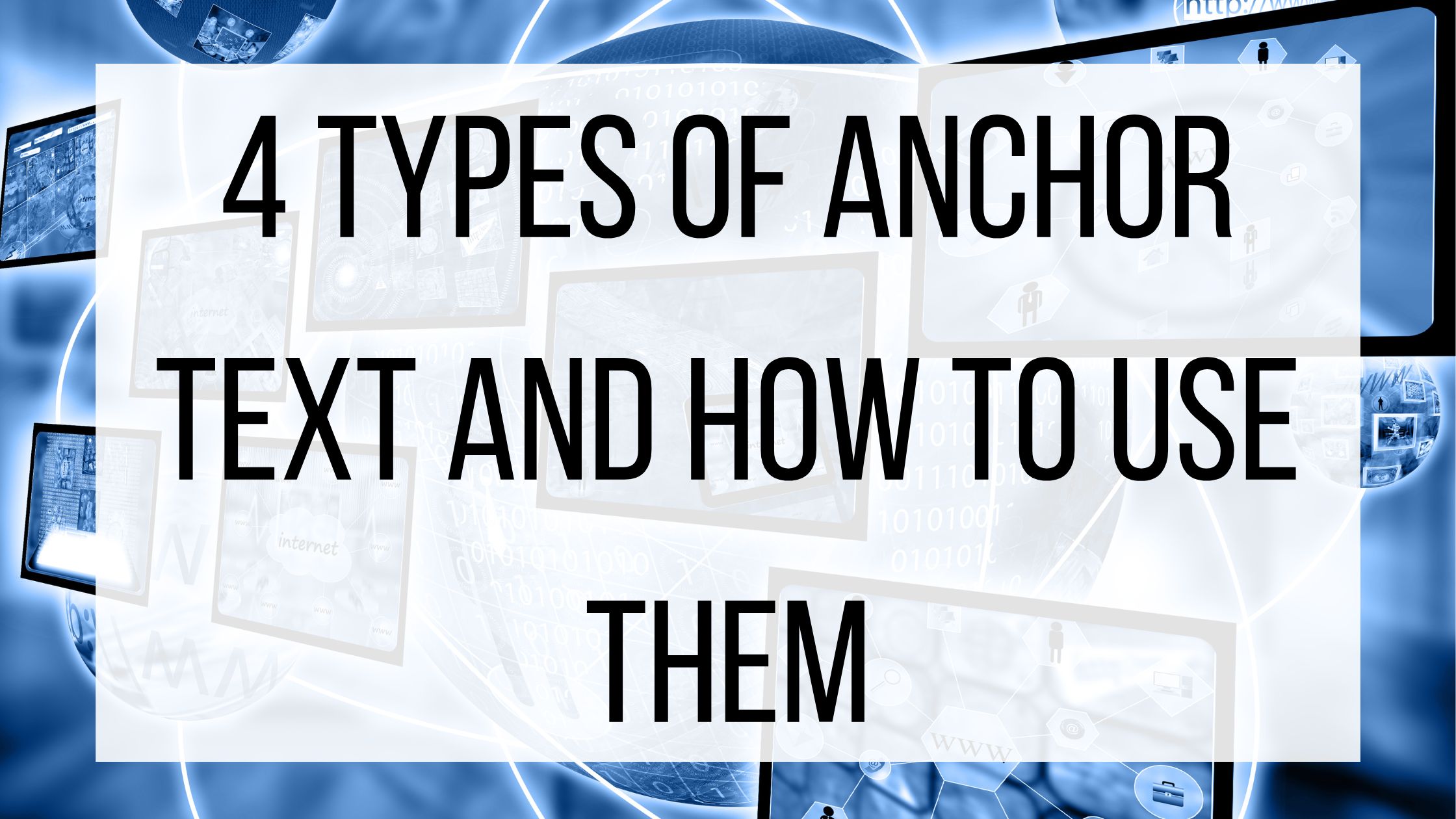Intro To Augmented Reality

Have you ever used Snapchat filters on a selfie, virtually designed a room through an app, or tried to catch a Pokémon? These are some examples of augmented reality, a fun and accessible tactic more and more ecommerce companies are starting to use. Augmented reality has been around for awhile now, but has been steadily increasing in popularity and accessibility within the last few years. Here is a deeper look into what augmented reality is, and how you can use it to engage your customers.
What Is Augmented Reality?
Augmented reality (often referred to as AR) adds a digital layer on top of our physical world. It is designed to shift our perception of what is in front of us by mixing both worlds. AR can be a great tool for games, designing, storytelling, or any other fun way you would want to add a little magic through your customer’s screens!
Virtual reality (VR) is a term you are probably familiar with, but do not get it confused with augmented reality. VR is designed to create a whole new digital world for users to enjoy and explore, rather than adding digital components to our psychical world. VR requires more equipment typically, as it has its users immersed in their digital world. To use VR you need to clear a space, buy VR glasses, and make sure someone is keeping an eye on you to ensure your safety. AR can be used on a wide variety of devices, most commonly smartphones or tablets, and are often easier and safer to interact with.
Types Of Augmented Reality:
There are types of AR that tend to be more common, so those are the ones that we will focus on today.
Superimposition-based AR substitutes the original view with an augmented view, whether it’s full or partial. Ikea’s catalog app is a great example of this, as it allows you to virtually try out furniture in your own room.
Marker-based AR is a very popular method. It detects a specific object, or marker, to make it come to life. 19 Crimes, a wine brand, is well known for using AR on their bottles. If you download their app, the person featured on your bottle will tell you a story. Their partner app, Living Wine Labels, shows off all of the different types of AR you can add to a wine bottle.
Marker-less AR has been rising in popularity recently. Mark-less AR works by projecting AR content that you can interact with anywhere you point your camera. Pokémon Go is a wildly popular example of this, as it allowed you to go on an AR hunt for Pokémon and interact with them. Snapchat’s World Lenses are also popular, generating AR content by having users simply choosing what they’d like to see and pointing their camera.
Using AR with your ecommerce brand can be a fun way to spread brand awareness, introduce new products, or let customers picture how your products look in their life. Come back next week to see how you can integrate these practices into your own ecommerce business!



1 Comment
Augmented Reality For eCommerce | BMT Micro, Inc. · October 9, 2020 at 12:01 pm
[…] If you need a refresher on what AR is and how it works, check out last week’s blog post here. Augmented Reality is becoming more and more common with businesses, and is a fun way to get […]